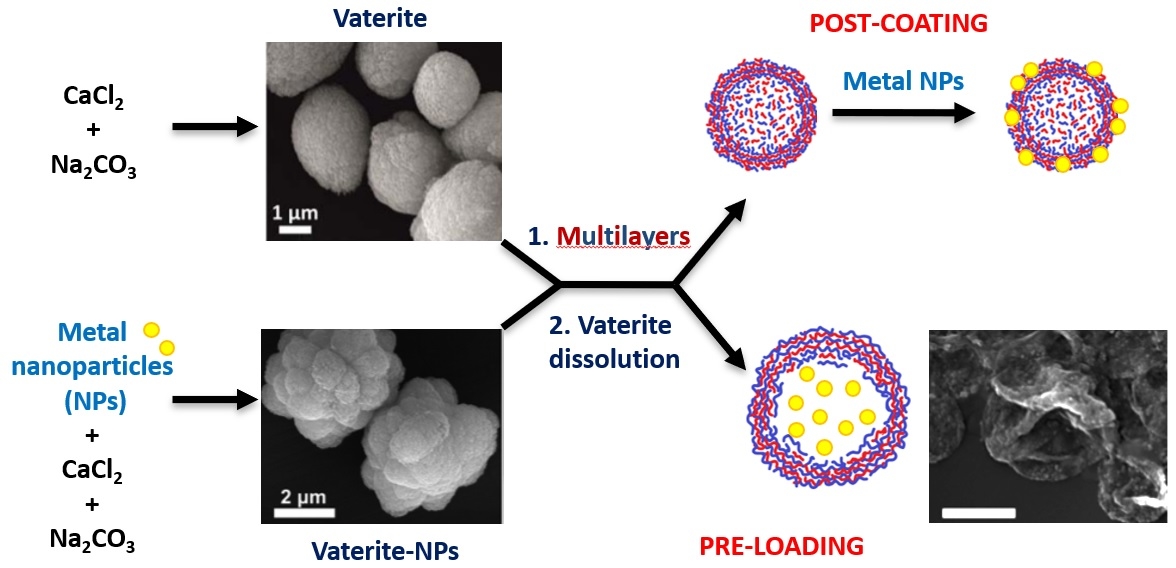Error loading player: No playable sources found
3555912
Metal nanoparticles meet multilayer capsules: Pros and contras of pre-loading and post-coating approaches
Date
April 15, 2021
Related Products
Using lateral force microscopy to investigate motion at the atomic scale
How can motion be measured at the atomic scale? We address this challenge with a derivative technique of atomic force microscopy called lateral force microscopy (LFM)…
Nanomotors as active matter: A reflection on the conceptual developments
My talk will be composed of two parts. In the first part, I will reflect on developments in the past twenty years in the field of chemical nanomotors, highlighting the conceptual developments…
Automated control of chemical nanomotors
An automated and human-free control mechanism for Janus nanomotors powered by catalytic reactions utilizes fully automated electromagnetic coils to direct the magnetic field toward a reference point, causing the particles to move in response to the catalytic decomposition of hydrogen peroxide…
Multivalent interaction-mediated colloidal propulsion and self-organization in nucleotide gradient
The intricate ability of living beings to sense and react to chemical gradients via targeted motion and chemical reactions depends majorly on multivalent interactions. However, the role of multivalency on the formation of assemblies, the transportation of colloids, and phoresis remains unexplored…



